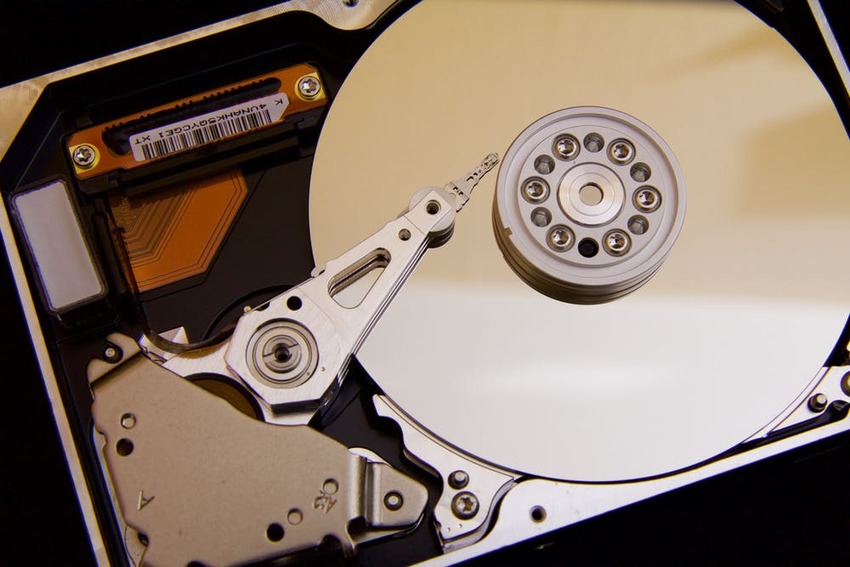
When talking with my dad recently, I realized he doesn’t understand the difference between a computer’s hard drive versus a computer’s memory. How can I blame him? Computers came into existence later in his life, plus we in the computing industry haven’t done a great job of distinguishing the two components. This month, let’s cover some computer basics and put an end to the confusion.
Our computer’s permanent storage:
When you store files such as a Word Document or photos, you’re storing them on your computer’s hard drive,or permanent storage. Back in the good old days, you might save these files onto something called a floppy disk, and later a USB flash drive, but your computer’s internal disk space is often referred to as the hard drive. More recently SSD (Solid State Drive) is becoming affordable and therefore replacing hard drives.
Our computer’s temporary storage:
You have probably heard the term RAM which stands for “Random Access Memory.” RAM is where data is stored or used temporarily in order for a program to work. When you use a computer application such as Excel or open a file or an email, those programs are all running on RAM. How much RAM your computer has determines how many applications it can run at one time. When you close a program, you’ve just freed up more RAM and your programs may respond faster. More RAM means you can run more programs at once without slowing things down.
 An all-new multi-service login for your PSPINC web apps!
An all-new multi-service login for your PSPINC web apps!
 Request a quote for Custom WordPress Design
Request a quote for Custom WordPress Design

.png)